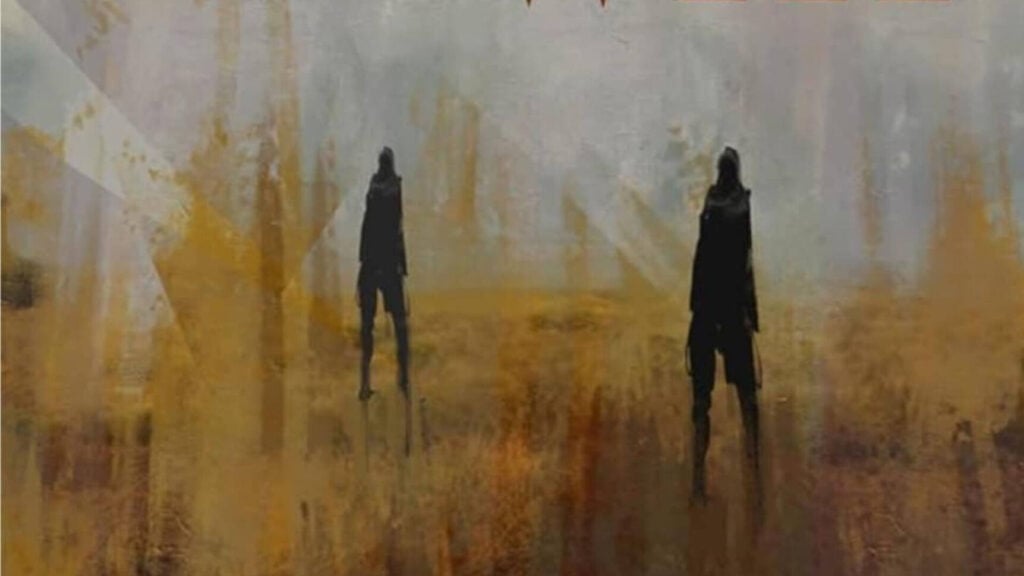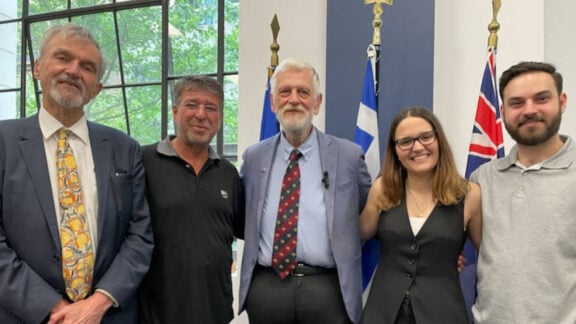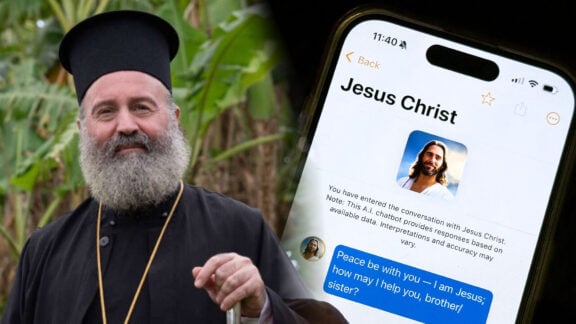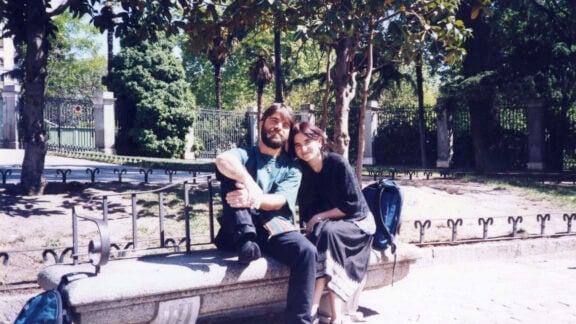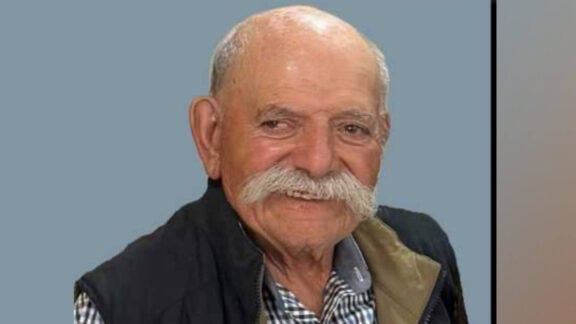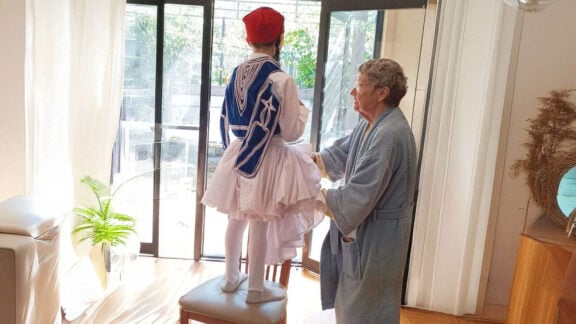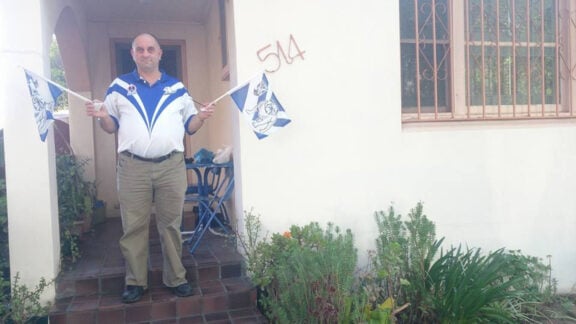Dmetri Kakmi’s The Woman in the Well is not merely a novel. It is a cosmogony forged in fragments, a Gothic theogony of the antipodes. It gathers mythic sediments from Arabic folklore, Biblical and Qur’anic intertexts, Aboriginal songlines, and diasporic memory, then reconfigures them into a narrative that is as much sacrament as it is subversion. At its haunted centre stands a well, an ancient void, an Ur-womb that sings with history, hunger, and the unfinished business of colonised land.
At the surface of this well stands Magnolia Din-Olden, a queer Afghan-Aboriginal woman who embodies not just intersectionality but contradiction. She is not chosen, not holy, not martyred. She is a witness who resists. Her journey unfolds through layered, nested narratives that evoke the form of Arabian Nights, interspersed with visions, ancestral voices, and mythic apparitions. Her story does not follow a Christian arc of fall and redemption but spirals, circling around a chthonic feminine divinity: Alila, a reimagined goddess who demands blood not for expiation, but for remembering.
The novel’s density can be challenging. Its intertextual references, to the Seven Sleepers, to Arabian Nights, to Ovid’s Metamorphoses, to Aboriginal songlines, are not always explained. But this opacity is deliberate. It enacts a refusal to translate, to render sacred knowledge into settler-legible forms. The reader, like Magnolia, must enter the well without guarantee of return.
Kakmi’s most charged act of mythopoesis is his reworking of the Seven Sleepers of Ephesus, a story shared across Christianity and the Middle East, in which a group of pious youths are preserved by God in a miraculous sleep to awaken in a future more just and faithful. In Kakmi’s version, the seven boys do not sleep; they die. They are sacrificially slaughtered to feed the appetite of Alila and are resurrected three days later. The timing is deliberate, recalling Christ’s Passion and Resurrection. But the resemblance is destabilising, not reassuring.
Their story echoes the Samaritan woman at the well who encounters Jesus in the Gospel of John, but in The Woman in the Well, the Christ-figure is unrecognisable. Jesus does not offer living water but becomes an instrument of Alila, an ancient sacrificial goddess. Alila is not simply a fictional deity. She is a re-imagining of the erased goddesses of pre-Abrahamic systems, reanimated through syncretism and horror. A distorted echo of Alilat or Allat of pre-Islamic Arabia, Alila functions as a suppressed feminine divine returned in monstrous form: demanding not submission, but sacrifice. In her, Kakmi reclaims the repressed matriarchal spiritual archive, invoking what feminist theologian Mary Daly might call the “original Womb of Being,” a cosmic memory of woman as sacred force.
In this reconfiguration, Jesus is not divine but derivative. He is an agent, a messenger, a conduit. His authority is undermined, not out of blasphemy, but to unseat the presumption that divinity is singular, masculine, and immutable. This is a theological subversion of extraordinary force, and it draws its strength not from iconoclasm but from intertextual critique. As the boys seek water, as the woman emerges from the well, as Alila demands her due, the reader is invited to consider whether the foundations of Western spiritual narrative: sacrifice, salvation, patriarchy, can ever be unmade without horror.
The boys’ resurrection does not redeem a world, nor does it inaugurate a kingdom of heaven. It is an echo of Christian myth hollowed out and filled with dread. The sacrifice is not an act of divine mercy but a tribute to a goddess whose power is unaligned with either good or evil. This gesture unsettles the reader. If the boys consent to die, does that render the sacrifice holy? If they rise again, is it rebirth or repetition? Kakmi leaves these questions unanswered, inviting us instead to dwell in the unease. The result is what Derrida might call a “hauntology,” a structure of absence that evokes a lost presence, the ghost of salvation without its certainty.
Magnolia’s own death and return are not analogous. Her brush with death does not follow any salvific logic. There is no divine witness, no ascending light, no absolution. She re-emerges not sanctified but altered, as one who has survived contact with that which cannot be named. This contrast is sharp: the boys’ resurrection, though miraculous in form, is ethically ambivalent; Magnolia’s resurrection is not a miracle, but an assertion of agency and defiance. In her, Kakmi gives us a subject who refuses the economy of sacrifice altogether.
This sacrificial ambiguity reveals Kakmi’s broader project: a deliberate destabilisation of cosmogonic certainty. His universe does not pivot around a moral axis. Instead, it is populated by echoes; of suppressed goddesses, misremembered prophets, haunted lands. The divine, in this world, is plural, unstable, sometimes monstrous. Alila, the goddess of the well, is both origin and hunger, maternal and terrifying. A distorted echo of the pre-Islamic Arabian goddess Alilat, she has been banished from official theologies, surviving only in shadow and dream. Kakmi reanimates her not as an object of worship but as an embodied memory of what has been repressed: feminine sovereignty, cyclical time, sacrificial continuity.
In reintroducing a female deity into a cosmology dominated by patriarchal systems, Kakmi does not simply reverse the gendered binary. He exposes its artificiality. Alila is not a corrective. Instead she is a challenge. Her demand for sacrifice is not a moral failure, but a theological provocation: if sacrifice is holy when offered to a father-god, why is it obscene when demanded by a mother-goddess? What is salvific about death, and when does resurrection cease to be redemptive?
These questions are sharpened through the lens of queer theory. Magnolia, as a lesbian of mixed Afghan-Aboriginal heritage, resists heteronormative and colonial expectations of what it means to suffer, to believe, and to return. Her queerness is not a subplot but the epistemological key to the novel. As José Esteban Muñoz argues, queerness is not only an identity but a temporal horizon, a way of imagining futures outside linear progress and reproductive logic. Magnolia’s refusal to participate in Alila’s cycle of sacrifice is a queering of mythic structure itself.
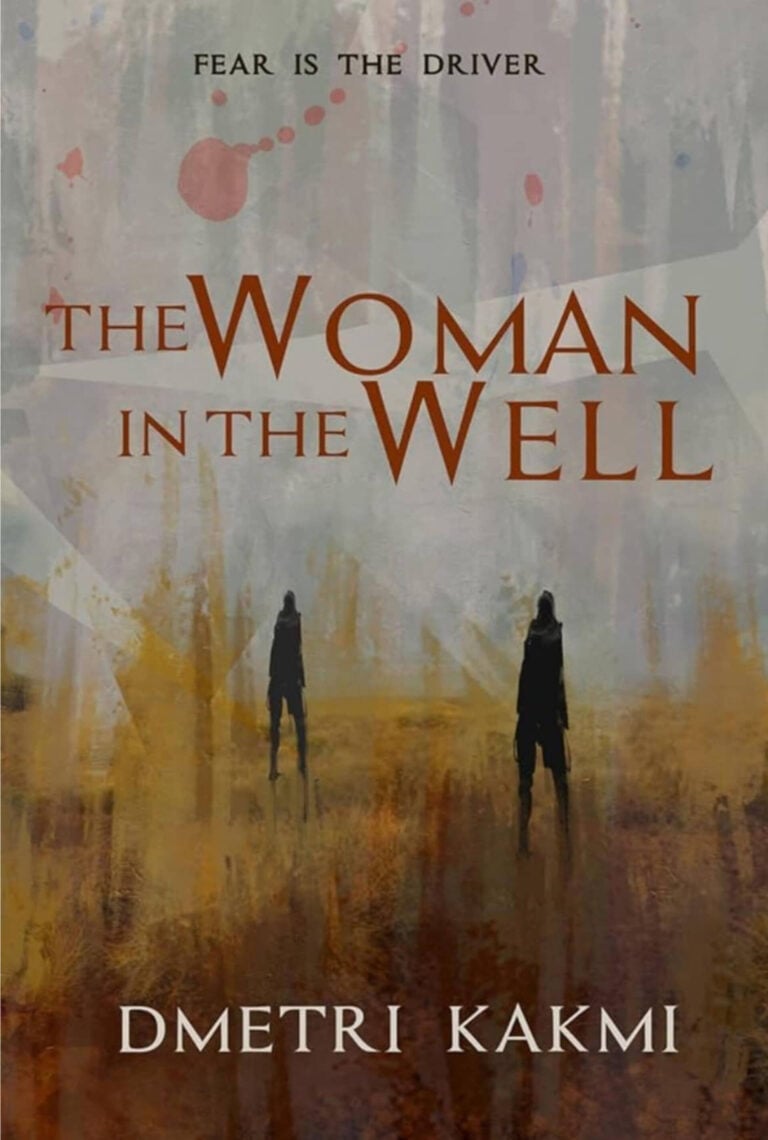
Such an interpretation is further supported by Judith Butler’s concept of performativity: Magnolia disrupts the expected script. She neither becomes a martyr nor a saviour. She remains defiant, fractured, and alive. Her identity is not a means to revelation, but a challenge to the notion that revelation is a coherent or desirable endpoint.
Meanwhile, Kakmi’s own subject position, as a Greek from Turkey, an indigenous Anatolian expelled and resettled in settler-colonial Australia, infuses the novel with a profound understanding of diasporic indigeneity. He does not appropriate Aboriginal spirituality but listens to it, allowing its cosmology to braid itself with Islamic, Christian, and Hellenic fragments. The land itself becomes a text, ancient and animate. The well is both womb and tomb, both site of first water and site of burial.
The Central Australian landscape is thus not a backdrop. It is a participant. Its desert winds carry memories. Its silences vibrate with ancestral knowledge. Kakmi presents the land not through the lens of Romantic awe but with the reverence due to Country in Aboriginal ontologies. As Aileen Moreton-Robinson has argued, whiteness in Australia constructs the land as inert, as a resource or stage for settler mythology. Kakmi resists this: the land in The Woman in the Well is sacred, responsive, sovereign.
Alila, too, can be read through the framework of Indigenous feminist theory. She is not merely monstrous; she is mnemonic. Her violence is not senseless; it is historical. Her hunger mirrors the systemic appetites of colonial and patriarchal theologies that have, for centuries, demanded Indigenous sacrifice in the name of progress or salvation. She is a being shaped by suppression, a feminine counter-mythology that carries within her the debris of aborted cosmologies. Like the land, she remembers.
This memory does not lead to healing. Kakmi’s cosmology offers no comfort. His is a theology of ambivalence. Sacrifice is not inherently redemptive. Resurrection is not inherently good. The divine is not inherently just. These are not failures of faith, but revelations of its limitations. In refusing to impose closure, Kakmi aligns his narrative with postcolonial Gothic traditions, wherein the spectres of empire, erasure, and return are never fully exorcised.
Language itself performs this instability. Kakmi’s prose is lyrical, incantatory, sometimes overwhelming in its symbolic density. Events are not narrated so much as invoked. Time folds in on itself. The structure of the novel mimics the oral, cyclical traditions of both Indigenous and Islamic storytelling, where meaning accumulates through return, rather than through linear progression. The narrative form, then, is also theological. It enacts a refusal of Western epistemology and its tidy eschatologies.
One of the most important interventions The Woman in the Well makes is into the myth of Australian multiculturalism. As Kakmi has remarked, multiculturalism in Australia often functions as a façade: a display of tolerance that conceals the continued centrality of whiteness and Christian hegemony. In this novel, Islamic, Aboriginal, and queer spiritualities do not supplement the narrative; instead, they drive it. Magnolia is not a guest in a white story. She is the story. Her blood, her memories, and her resistance make the myth live again.
Yet even she cannot escape the pull of the well. Her near-death experience, her refusal to become another of Alila’s offerings, is not a triumph, but a kind of survival-in-fragment. There is no apotheosis. She lives, but she does not transcend. She does not find clarity, only continuance. In this, Kakmi offers a powerful alternative to the Western demand for narrative resolution. Magnolia becomes not a saint but a witness: one who has looked into the well and heard the voices, and chosen to remember them without pretending to redeem them.
Through her, through Alila, through the seven boys who die and rise and die again in the reader’s conscience, Kakmi creates a mythic grammar for a world without closure. His is a world where resurrection may not be salvific, where sacrifice may be both willing and wrong, where the divine may demand too much and offer too little.
If we listen closely, Kakmi seems to say, we might still hear the echo of the seven boys. We might hear the woman’s breath. We might even recognise ourselves in the figure of Jesus: not triumphant, but ashamed. And in the darkness below, beneath the surface of the water, something ancient stirs. It is not salvation we find there, but truth. And that, in the world of The Woman in the Well, is far more terrifying.
